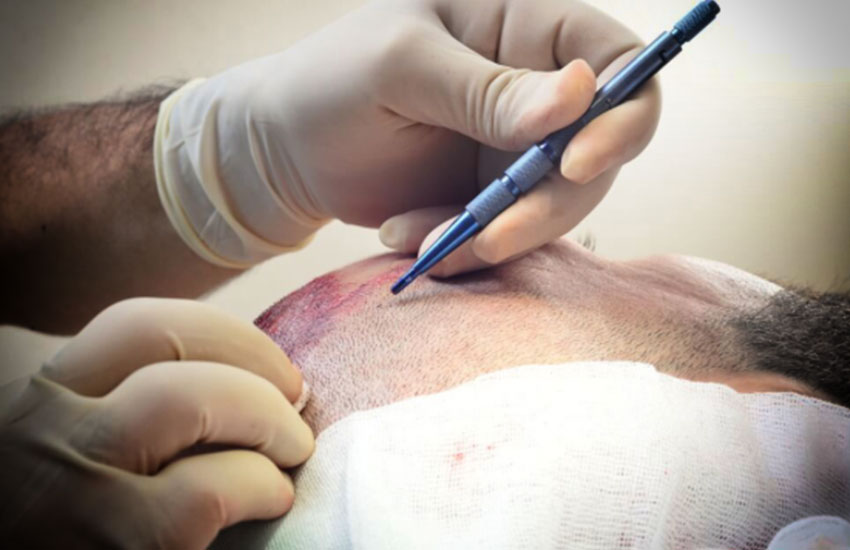Sapphire FUE
There are a number of different benefits to the sapphire FUE technique, including:
Faster recovery time for patients
The sapphire FUE technique is exciting industry professionals because the sharper, more precise sapphire blades open smaller microchannels in the recipient site, which minimises scab formations and speeds up the patient recovery process.
A more natural look
The sapphire hair transplant procedure also creates a more natural look. The channels created by making the incisions in the recipient site can be smaller and more precise which affects the following things:
- Hair Density – the smaller, sharper blades allow for donor hairs to be positioned even closer together, creating a denser final effect.
- Hair growth angle – the angle and direction of hair growth makes a difference as it will have an effect on how natural the finished result is.
Thanks to all these developments, hair transplants, even in advanced cases, are garnering ever more natural results.
Smaller chance of complications developing
There are other advantages of the sapphire hair transplant technique compared to the use of traditional steel blades as well. The smooth surface of sapphire blades also boasts antibacterial qualities, which means when these blades are being used to create the microchannels for donor hair, the risk of (already small) complications reduce when compared to steel blades.
This includes less chance of fluid retention (ensuring more comfort in recovery for the patient), a smoother surface post-treatment and faster tissue recovery.
Also, because sapphire blades enable the channels for transplantation to be opened at the same length of the hair follicle being inserted, it is not possible for these follicles to become dislodged and their angle alignments to be affected.
